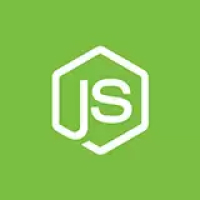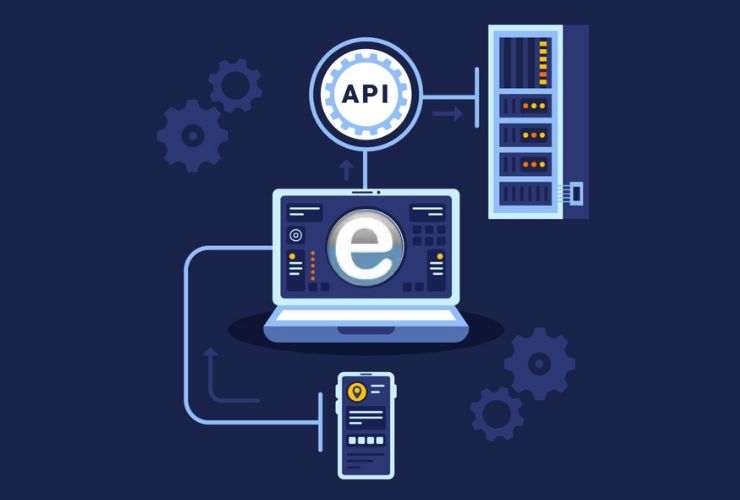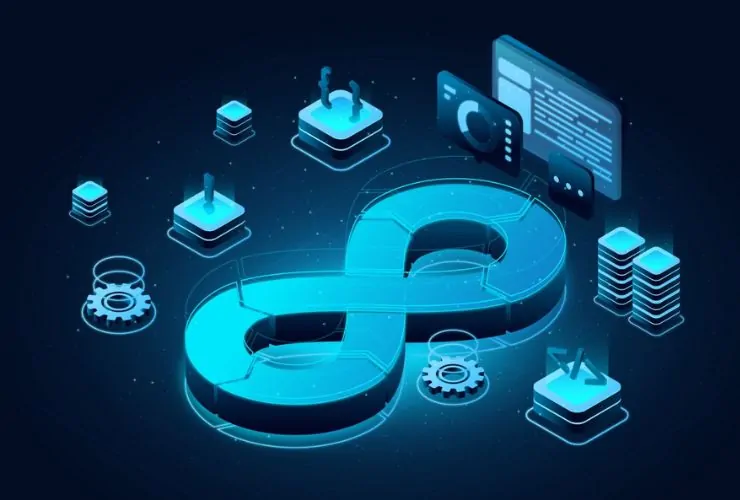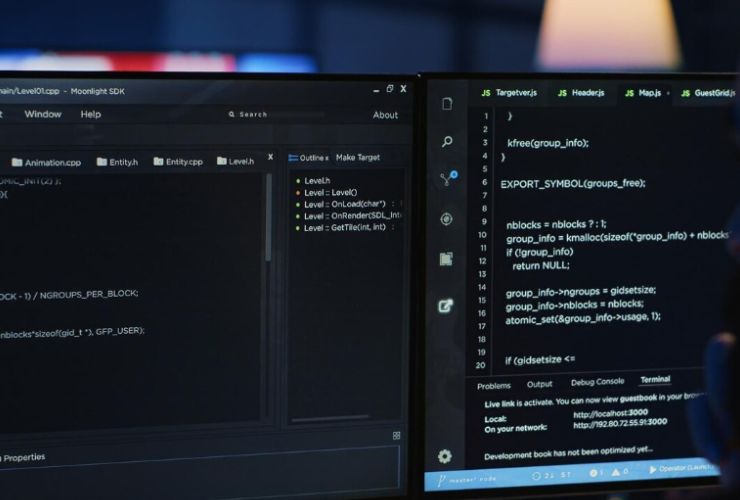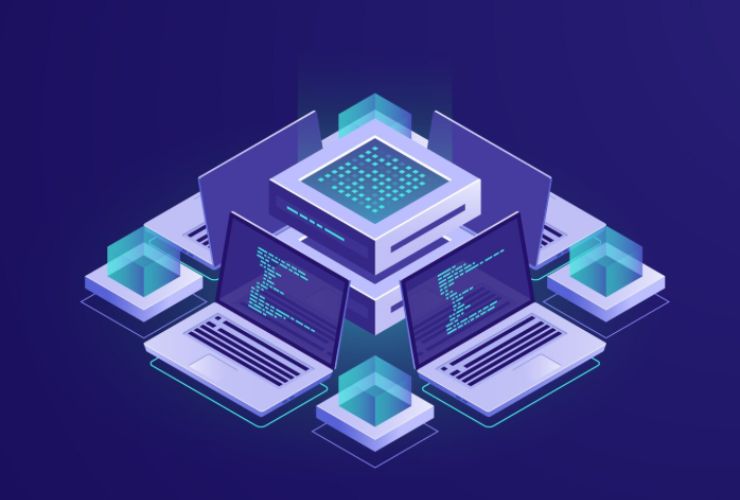The Internet of Things is transforming industries by having smart devices converse with each other, automate tasks, and collect real-time data. However, IoT applications demand efficient, lightweight, and scalable backend systems to manage the gigantic data streams from connected devices. That’s where Node.js makes all the difference.
With its non-blocking architecture, event-driven model, and low-latency performance, Node.js ensures seamless connectivity, real-time data processing, and efficient device communication. As businesses grow their dependence on IoT for more automation and analytics, adopting Node.js guarantees huge efficiency as well as scalability improvements.
Why Node.js is Suitable for IoT Development
There are several reasons why Node.js is preferred over other technologies in the development of IoT applications:
Lightweight and Fast
Lightweight and FastNode.js is a single-threaded, non-blocking architecture, which makes it very efficient for IoT devices that have limited computing power. The V8 JavaScript Engine compiles code directly into machine language, ensuring rapid execution speeds. This lightweight nature allows developers to build applications that require minimal processing power while maintaining high performance.
Event-Driven and Asynchronous
Event-Driven and AsynchronousIoT applications consist of numerous devices that send and receive data in parallel. Node.js is very efficient with concurrent connections because it employs an asynchronous event-driven programming model, thereby minimizing communication delays like those discussed above. This suggests streamlined interactions between IoT devices and backend systems.
Low Resource Consumption
Low Resource Consumption. Most IoT devices operate with extremely low CPU and memory. Node.js is a low-footprint software, hence a perfect candidate for embedded systems, microcontrollers, and edge computing. It will ensure optimum use of the minimal hardware resources available without any drop in performance.
Real-Time Data Processing using Node.js
IoT applications usually require real-time data processing in order to process sensor inputs, device controls, and instant communication. Node.js supports real-time operations through the following mechanisms:
WebSockets and MQTT Protocols
WebSockets and MQTT ProtocolsWebSockets allow for real-time, two-way communication between IoT devices and servers, minimizing latency and sending updates instantly. MQTT is also a very popular protocol for real-time IoT messaging, which Node.js supports natively. The protocols improve responsiveness in real-time and enable the efficient interaction of devices.
Stream-Based Data Handling
Stream-Based Data HandlingNode.js especially streams data coming from IoT sensors and other connected devices. Data buffering, chunked processing, and other real-time analytics on continuous data streams ensure that efficient handling is done by the applications of IoT without performance issues with high volumes of data.
Node-RED for Workflow Automation
Node-RED for Workflow Automation Node-RED is the visual tool used for developing anything on Node.js. It reduces the complexity in IoT development by making it easier to connect a device, an API, and services through drag-and-drop features. There are prebuilt nodes to take care of MQTT, HTTP, WebSockets, and even cloud services; hence, IoT application development is relatively easy using Node-RED.
Scalability and Cloud Integration
Most modern IoT applications integrate with the cloud for processing large amounts of data, performing AI-driven analytics, and remotely managing devices. Itshelps integrate with various approaches to smooth cloud integration as follows:
Node.js and Cloud Platforms
Node.js is compatible with major cloud platforms like AWS IoT, Microsoft Azure IoT Hub, and Google Cloud IoT Core. All these integrations allow for efficient device provisioning, monitoring, edge computing, and AI-based analytics so that businesses can scale their IoT solutions effortlessly.
Horizontal Scaling
Node.js supports microservices architecture, which allows IoT applications to scale horizontally. By distributing workloads across multiple servers, businesses can ensure high availability and resilience for large-scale IoT deployments. Load balancing further enhances performance and prevents server overloads.
Security issues in Node.js for IoT
It ensures safety for the applications of IoT from cyber attacks, which may erode the integrity of the devices and the personal data of users. Security capabilities are included in Node.js. This reduces the risk of this happening:
- Secure CommunicationNode.js allows for TLS/SSL encryption, thus preventing loss of IoT data while in transit. It also interacts with authentication techniques such as OAuth 2.0 and JWT to keep devices and API interactions secure.
- Data Integrity and EncryptionEnd-to-end encryption (E2EE) ensures that data is not tampered with while hashing algorithms, such as SHA and bcrypt, secure stored credentials. These will prevent unauthorized access and keep IoT data sensitive from unwanted users.
- Security Updates
The Node.js Security Working Group periodically publishes patches for closing vulnerability and emerging threats. Node.js applications should be updated continuously for further security breach protection.
Use Cases: How Companies Leverage Node.js for IoT
Node.js-based IoT applications are driving automation, monitoring, and data analytics across various industries. Some of the key use cases include:
Smart Home AutomationReal-time
Smart Home AutomationReal-time monitoring and control of IoT-enabled appliances enhance home automation. It has seamless integration with platforms such as Google Assistant, Alexa, and Apple HomeKit, thereby efficiently managing smart devices.
Industrial IoT (IIoT) and Manufacturing
Predictive maintenance systems rely on the data gathered from IoT sensors for optimizing the machinery performance as well as to avoid machine failure. Automated trackings of inventory and monitoring of warehouses streamlined the supply chain management process.
Connected Healthcare and Wearables
This industry lets people monitor their vital statistics using IoT-driven remote patient monitoring systems to create more favorable healthcare. Smart wearables use Node.js-based applications for providing clients with authentic health data insights.
Smart Cities and Transportation
IoT sensors make traffic management better and reduce congestion. Fleet management systems, using GPS and real-time analytics, optimize logistics and transportation.
Conclusion
Node.js has revolutionized IoT development by offering a fast, lightweight, and scalable backend solution for connected devices. Its event-driven architecture, real-time processing capabilities, seamless cloud integrations, and robust security features make it an ideal choice for building high-performance IoT applications.
As IoT continues to evolve, Node.js is at the forefront of innovation, giving businesses the capability to create secure, efficient, and scalable solutions. Whether smart home systems, industrial automation tools, or connected healthcare applications, Node.js gives you the perfect foundation for driving your IoT initiatives forward.
Ready to transform your IoT project with Node.js? Start building today and unlock the full potential of connected technologies.


